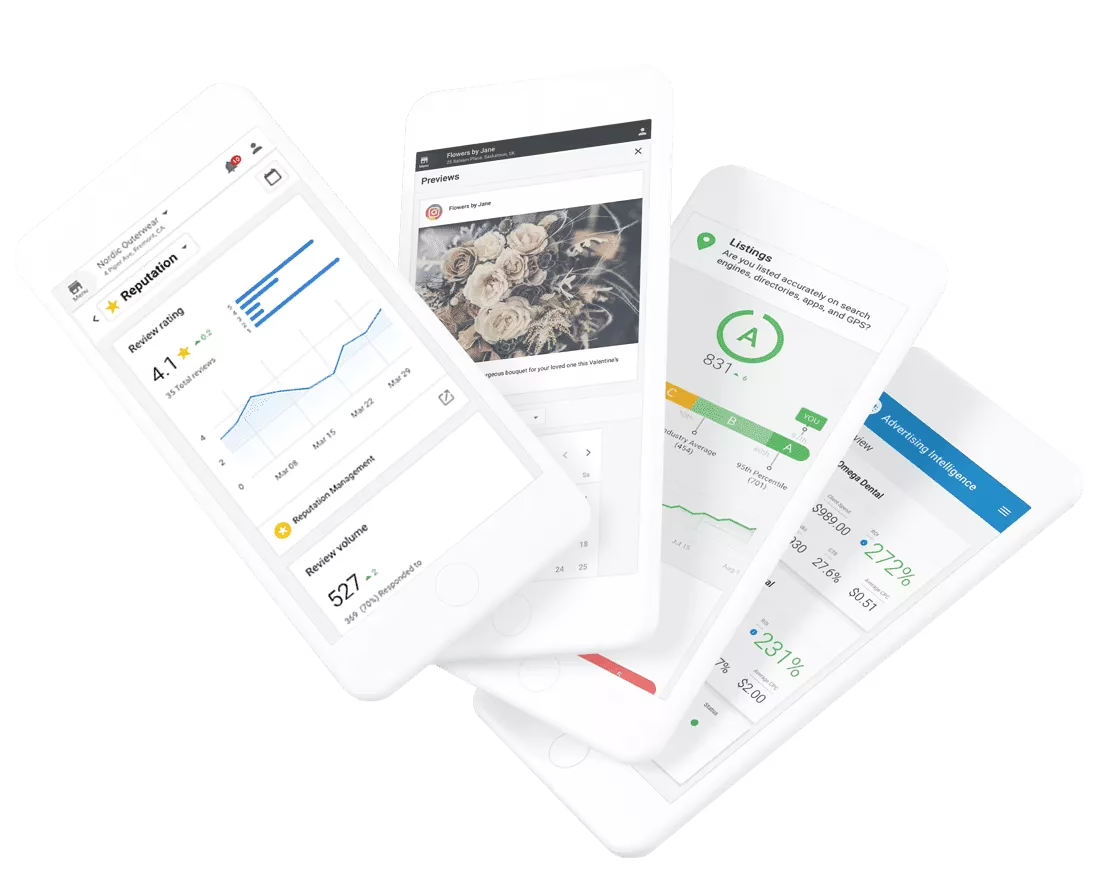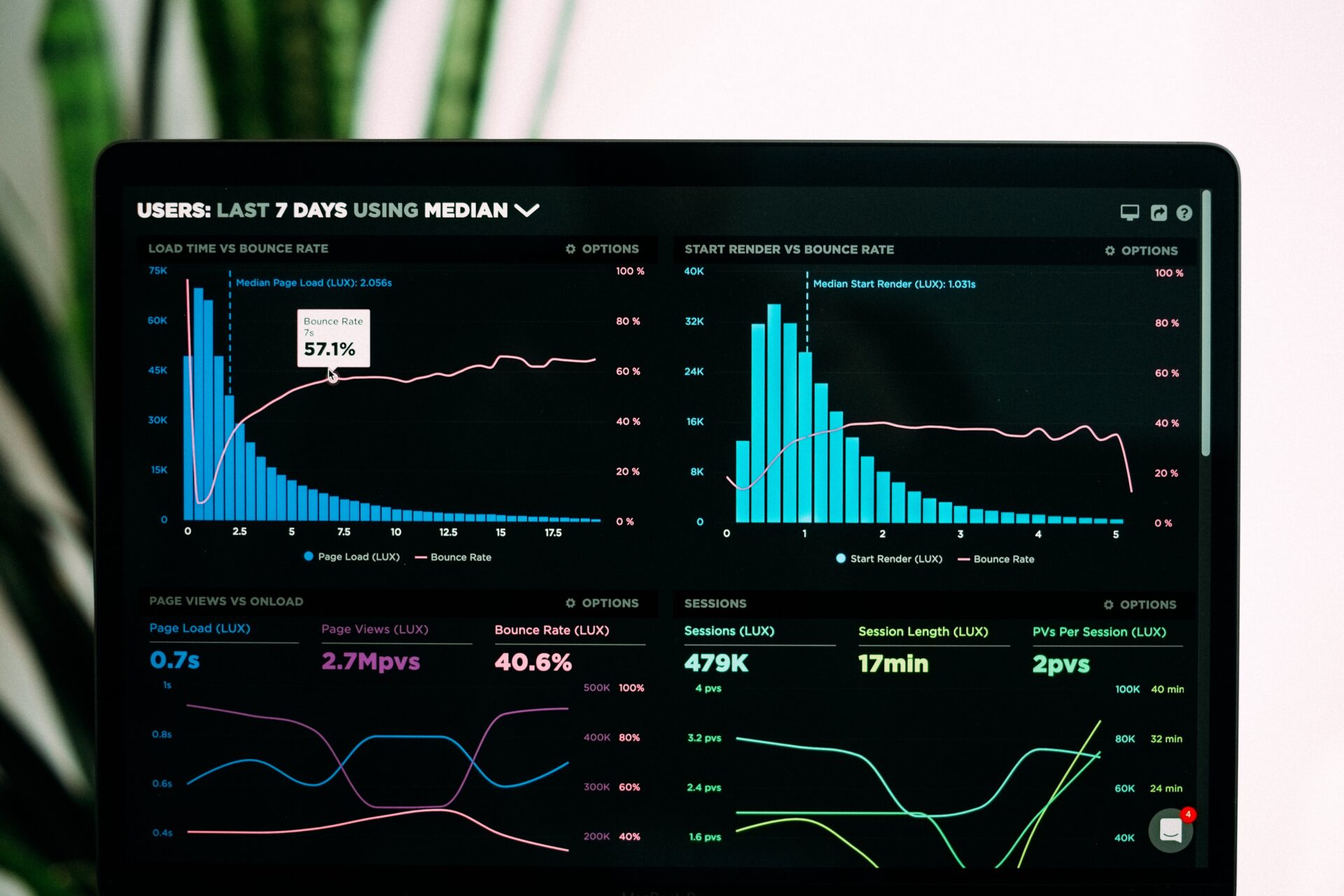Google Insights Metrics
As the world’s most popular search engine, Google has always been on the forefront of developing new tools and technologies to help website owners optimize their online presence. One of the key tools that Google provides is Google Insights Metrics, which is used by website owners to track their website’s performance and understand how users are interacting with their website. Recently, Google has made some significant changes to this tool, which are aimed at providing more accurate and actionable insights for website owners. In this post, we’ll take a closer look at these changes and what they mean for website owners.
What are Google Insights Metrics?
Google Insights Metrics is a tool that provides website owners with key metrics about their website’s performance. These metrics include data about the number of visitors to the site, the time spent on the site, the pages visited, and much more. By analyzing this data, website owners can gain insights into how users are interacting with their site, which can help them optimize their site to provide a better user experience.
What are the changes to Google Insights Metrics?
Google has recently made several changes to Insights Metrics that are aimed at improving the accuracy and usefulness of the tool. Here are some of the most significant changes:
More accurate data: One of the key changes that Google has made is to improve the accuracy of the data that is provided by Insights Metrics. This is achieved by using a new measurement model that is based on a more accurate representation of user behavior on the web.
New metrics: Google has also introduced several new metrics that provide more detailed insights into user behavior on a website. These new metrics include data about the speed of the site, the time it takes for pages to load, and the amount of time users spend on each page.
Simplified reports: To make it easier for website owners to understand the data provided by Insights Metrics, Google has simplified the reports that are generated. This means that website owners can quickly identify key trends and areas for improvement without having to wade through complex data.
Cross-device tracking: With more and more users accessing the web from multiple devices, it’s important for website owners to be able to track user behavior across all of these devices. Google has made this possible by introducing cross-device tracking, which allows website owners to see how users are interacting with their site across different devices.
New visualization tools: Finally, Google has introduced new visualization tools that make it easier for website owners to understand the data provided by Insights Metrics. These new tools include interactive graphs and charts that allow website owners to quickly identify trends and patterns in user behavior.
What do these changes mean for website owners?
For website owners, these changes to Insights Metrics are significant because they provide more accurate and actionable insights into how users are interacting with their site. This means that website owners can make more informed decisions about how to optimize their site to provide a better user experience. By using the new metrics and visualization tools provided by Insights Metrics, website owners can quickly identify key areas for improvement and make the necessary changes to improve their site’s performance.
Conclusion
Google Insights Metrics is an essential tool for website owners who want to optimize their online presence. With the recent changes that Google has made to this tool, website owners now have access to more accurate and actionable insights into how users are interacting with their site. By using these insights to make informed decisions about how to optimize their site, website owners can improve their site’s performance and provide a better user experience for their visitors.

Profitable Results
With ADVAGY, you’re not just getting a service—you’re gaining a partner dedicated to your success. Our combination of AI technology and human expertise delivers the results your business deserves.
If it would be appropriate to discuss the next steps, we invite you to chat with Addy, our AI-Chatbot for assistance. For everyone who wants to jump the line, let’s go!

